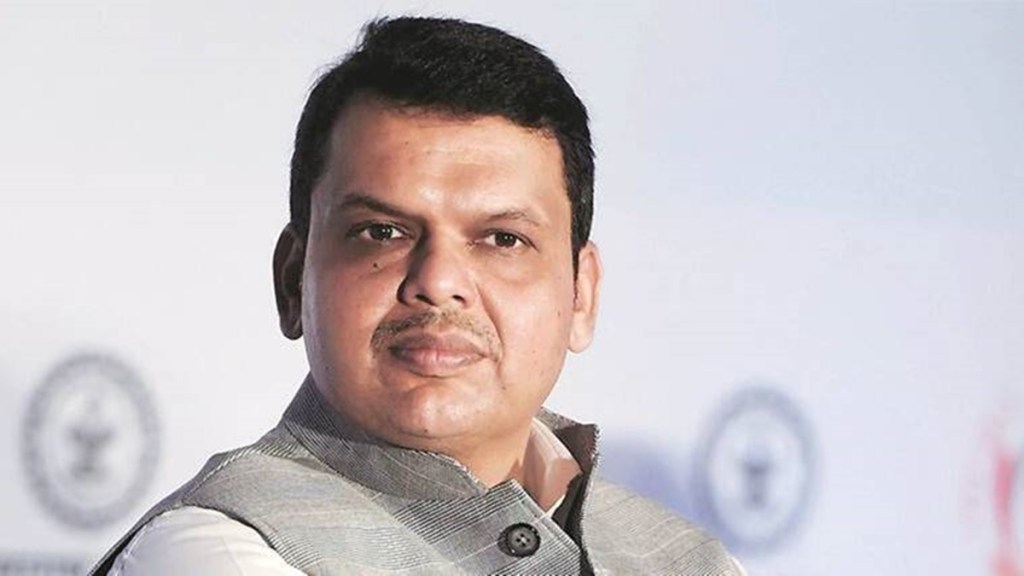In a strategic move to address the state’s regional disparity effectively, the Maharashtra government has decided to look into the issues at the grass root level. The state government plans to consider prevailing drawbacks at taluka levels, instead of districts, to infuse a developmental model.
Uniform development across 355 talukas spread across 36 districts of Maharashtra is integral for attaining the ambitious goal of $1-trillion economy, deputy chief minister Devendra Fadnavis said on Friday.
Also read: Capex loans: Rs 50k cr sanctioned for states so far
Fadnavis was addressing a gathering after unveiling the Loksatta District Index report at an event organised in Mumbai. While stating that the index will be beneficial for the state administration to uplift the backward districts, he said, “We have also initiated concrete measures in that direction.”
Generally, districts were considered to determine the developmental index. But we are planning to consider talukas now as the index’s parameter to ensure uniform developmental growth, he asserted.
Prime Minister Narendra Modi has set the goal of $5-trillion economy for India. To realise this target, Maharashtra needs to achieve the target of $1-trillion economy.
Fadnavis said, “While per capita index of Mumbai is very high, its neighbour Palghar is badly lagging. There is a huge gap between Mumbai and Gadchiroli district.” It is the state’s endeavour to bridge this developmental divide with effective policies and welfare schemes, the deputy CM said.
The emphasis on infrastructure, greater investments in the health and education sectors are our priority. “Everybody is talking about Bengaluru and Hyderabad overtaking Mumbai and Pune in the IT sector. The reason was infrastructure was lagging. But no longer. Today, with the mega projects, Navi Mumbai will emerge as the new tech capital of India,” he announced.
“When we planned Nagpur-Mumbai Samrudhdhi Mahamarg (2014-15), everybody ridiculed us. But it has become a reality. It is one project which will transform the rural economy of at least 8 to 10 districts.” The project enhances inter-district connectivity, which will help in pushing agro-business in rural areas.
Similarly, the Nagpur-Goa highway is bound to give a huge boost to backward districts in the Marathwada region, he explained. Almost all our projects are being meticulously executed within the time frame, he stressed.
While stressing the importance of data mining and statistics in the present age, Fadnavis said, “Whether it is Jal Jeevan Mission or PM Awas Yojana, these welfare schemes were planned and executed based on the data.” However, we have to be mindful that while preparing the data, there should be accuracy, he added.
The Loksatta District Index report was compiled by a team led by Gokhale Institute of Economic and Politics (Pune) vice chancellor Dr Ajit Ranade. Other members — former chief secretary Sitaram Kunte, economist Niranjan Rajadhyaksha, McKinsey MD Shirish Sankhe who played an important role in preparing the report — were felicitated. Statistical commission chairman Rajiv Karandikar outlined the importance of data/statistics in every field to determine the progress report.
Indian Express Group Executive Director Anant Goenka and Indian Express group CEO and wholetime director George Varghese welcomed Fadnavis at the Loksatta District Index event.
Also read: Govt sets hefty 34 MT wheat purchase target
The awardees:
Latur district collector Prithviraj BP, Nanded district collector Abhijit Raut, Parbhani district CEO Rashmi Khandekar, Amravati’s district officer Pavnit Kaur, Solapur district collector Milind Shambarkar. While Mumbai’s BMC commissioner Iqbal Singh Chahal was given best district award for Mumbai district, Nagpur’s district collector Vipin Itankar received the second best district award.


